1. Outdoor Kitchens
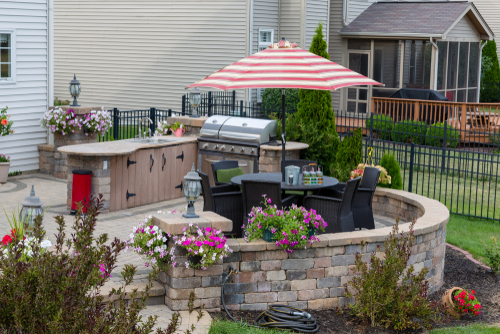
Outdoor kitchens look incredible on Instagram, but in real life, they’re high-maintenance and weather-sensitive. Even stainless steel appliances can corrode or discolor after a few seasons outdoors. Keeping the space clean from dust, pollen, and insects becomes a constant chore. And unless you live in a mild climate, the kitchen might go unused for much of the year.
Many homeowners later admit they’d have been happier with a simple grill and prep station. The cost of plumbing, electrical work, and weatherproof cabinetry adds up fast. Once the novelty wears off, it’s hard to justify the expense for occasional cookouts. A well-designed patio with a portable grill often delivers the same experience with less hassle.
2. Artificial Turf Lawns
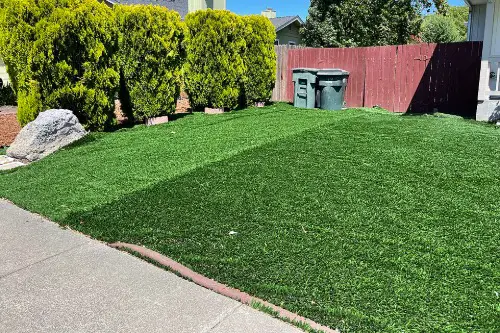
At first, artificial turf sounds like a dream—lush, green, and maintenance-free. But homeowners quickly learn it can turn their yards into heat traps during summer, sometimes reaching over 150°F. The plastic material also tends to trap odors from pets and doesn’t absorb rainwater, which can cause drainage issues. Over time, it compacts and fades, losing that “perfect” look that sold people on it in the first place.
Many homeowners regret installing turf when they realize it doesn’t actually eliminate maintenance—it just changes it. You still have to rake off debris, disinfect it, and sometimes even replace sections. Plus, it can reduce biodiversity in your yard, since insects and birds can’t thrive on synthetic surfaces. It’s one of those upgrades that sounds eco-friendly but often isn’t.
3. Oversized Fire Pits
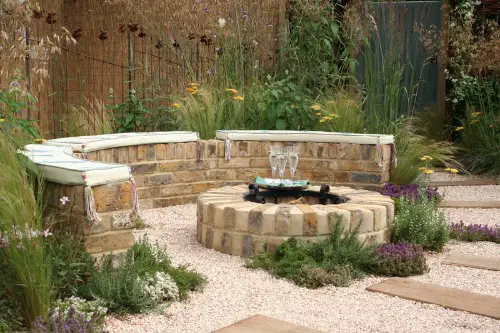
A roaring fire pit is great for gatherings, but when homeowners go too big, it becomes a smoky hassle. Large pits can overwhelm smaller spaces, sending sparks and heat dangerously close to furniture or siding. They also require a surprising amount of fuel, and cleaning up ashes afterward isn’t fun. Plus, local burn regulations can make them hard to enjoy as often as people hope.
Once the novelty wears off, many realize they don’t use their oversized fire pits nearly as much as they expected. They’re uncomfortable during hot weather and inconvenient during windy conditions. Smaller, propane-powered options tend to be much easier to manage and just as cozy. A huge fire pit often turns into an unused centerpiece that dominates the yard.
4. Gravel Yards
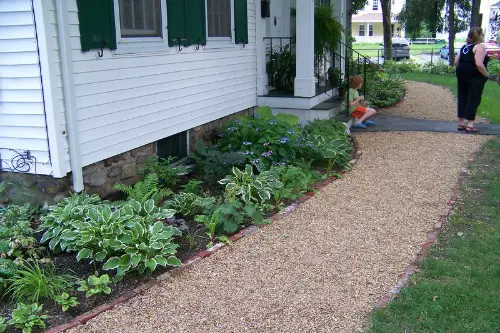
Low-water landscaping is smart, but many who replaced grass with gravel discovered it’s not the carefree fix it appears. Gravel reflects heat, making yards uncomfortably hot and sometimes increasing cooling costs indoors. It also tends to shift, scatter, and sink into the soil over time, requiring constant raking and replenishment. Weeds still find a way through, despite weed barriers.
What’s more, gravel is noisy underfoot and can be unpleasant for pets or barefoot kids. Once it’s installed, removing or changing it is costly and labor-intensive. Many people regret not choosing a mix of drought-tolerant plants instead. A yard full of stones can look stark and lifeless after the initial excitement fades.
5. Elaborate Water Features
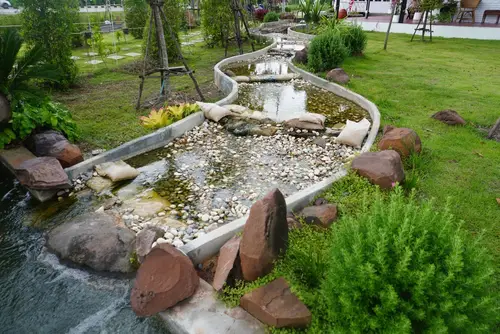
A bubbling fountain or koi pond adds serenity—until it starts clogging, leaking, or attracting mosquitoes. Pumps and filters need frequent maintenance, and algae can take over quickly. In dry climates, they also waste precious water and can spike utility bills. The sound of running water is peaceful until it turns into the gurgle of a half-clogged pump.
Homeowners often underestimate how much time and cost goes into keeping these features pristine. Cleaning leaves, managing water levels, and preventing leaks can become a weekend job. The charm wears off when upkeep overshadows enjoyment. A smaller, recirculating fountain or birdbath is usually a better compromise.
6. Trendy Outdoor Lighting
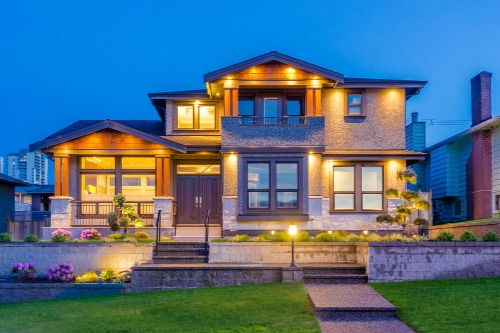
String lights and solar path markers can transform a yard, but they’re not always built to last. Cheap fixtures fade, crack, or stop working after one season, especially in harsh climates. Solar options can be dim or inconsistent, leaving your yard looking patchy instead of magical. And replacing batteries or bulbs across dozens of tiny fixtures gets old fast.
Many homeowners regret not investing in a professionally designed, low-voltage lighting system instead. Over-lighting can also create glare, disturb neighbors, and affect local wildlife. What starts as cozy ambiance often turns into cluttered chaos. Subtle, well-placed lighting tends to age much more gracefully.
7. Pergolas Without Shade Cover
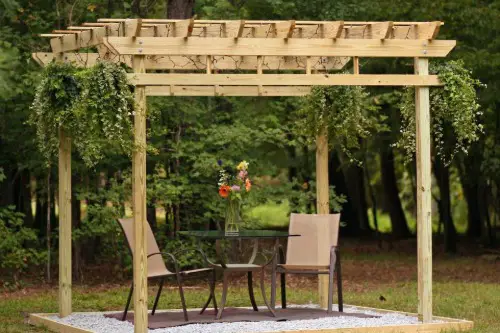
Pergolas look great in photos, but they don’t actually block much sun unless they’re covered. Many people realize too late that sitting beneath an open pergola feels just as hot as being in direct sunlight. Adding a shade cloth, vines, or retractable canopy costs extra and requires maintenance. Without it, the structure quickly becomes decorative rather than functional.
Once reality sets in, homeowners either retrofit them or stop using the space altogether. The unfinished look can also fade or warp if not properly sealed against the elements. It’s a classic case of form over function. If shade is the goal, a solid roof or awning is usually the smarter move.
8. Expansive Decks
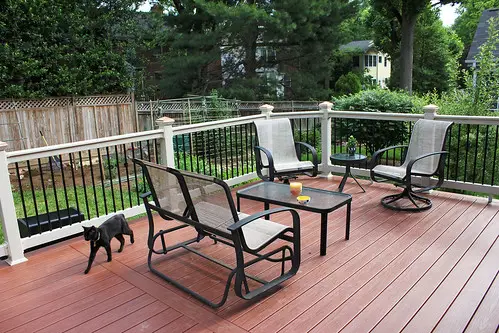
A big deck seems like a great way to create more outdoor living space, but upkeep is relentless. Wood decking requires regular staining, sealing, and cleaning to prevent rot and mildew. Even composite materials can fade or warp under heavy sun exposure. Larger decks also mean higher repair and replacement costs over time.
Homeowners often discover they only use a fraction of the space regularly. The rest just becomes cluttered with unused furniture or planters. A smaller, well-designed patio can feel cozier and require far less effort. Going big on a deck often leads to big regrets later.
9. High-End Outdoor Furniture
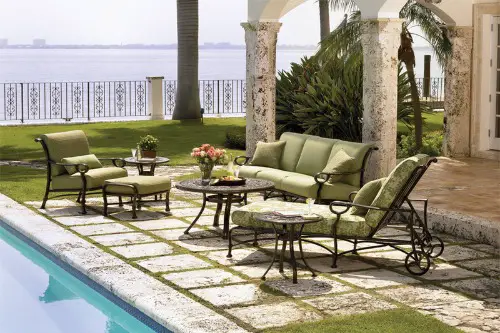
Those plush sectionals and oversized loungers look luxurious—until the weather ruins them. Even “weatherproof” cushions can fade, mildew, or become home to bugs. Covers help, but taking them on and off constantly becomes tedious. And once moisture gets in, it’s almost impossible to dry everything out completely.
Homeowners often wish they’d chosen simpler, easier-to-store pieces. Durable materials like teak, aluminum, or resin wicker hold up better and are easier to maintain. The most expensive set isn’t always the most practical. Comfort outdoors shouldn’t come with the stress of constant upkeep.
10. Outdoor TVs
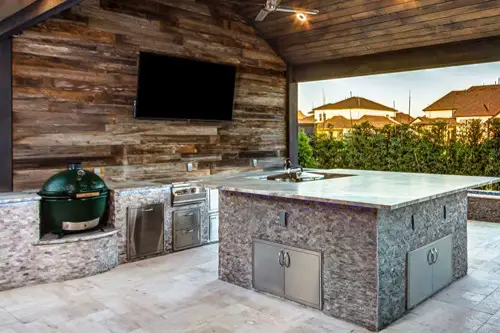
An outdoor TV sounds like a backyard luxury until you deal with glare, bugs, and weather protection. Even weatherproof models require special enclosures and outlets to stay safe. Picture quality often suffers in bright light, making it hard to enjoy during the day. And once the novelty fades, few people actually sit outside to watch TV regularly.
Many homeowners find their outdoor screens become expensive, underused fixtures. Between cleaning, covering, and protecting them from the elements, the hassle outweighs the benefit. Portable projectors or indoor setups visible from the patio are far more flexible. Sometimes, “movie night under the stars” just isn’t worth the maintenance.
11. Expensive Stone Pathways
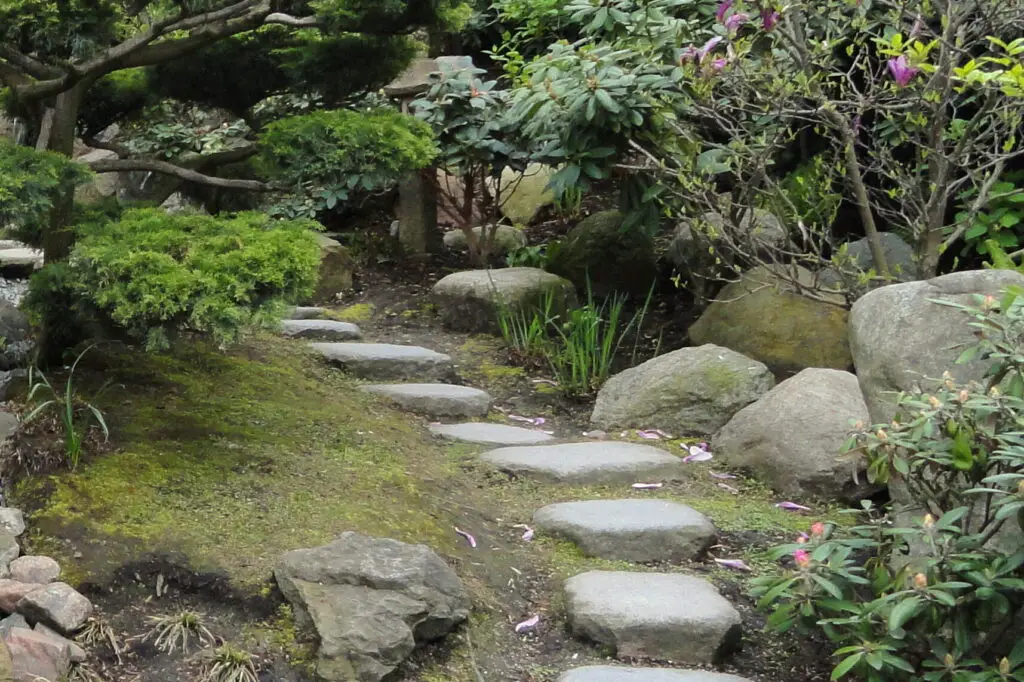
Stone walkways add elegance, but they’re not as low-maintenance as they look. Weeds sprout in the cracks, stones settle unevenly, and cleaning off dirt or moss is tedious. In wet or icy weather, natural stone can also become dangerously slippery. Repairs can be costly since matching materials isn’t always easy.
Many homeowners later wish they’d chosen stamped concrete or pavers instead. Those options mimic the look without the same level of upkeep. What starts as a “forever” investment often turns into a recurring repair project. Sometimes, practicality beats prestige when it comes to paths.
12. Backyard Putting Greens
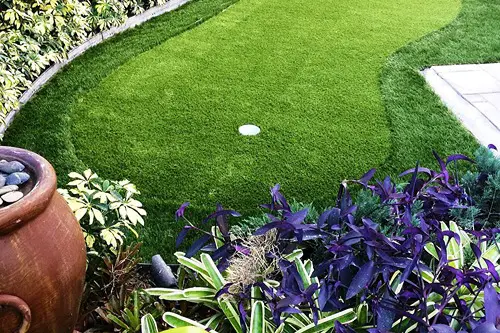
A backyard putting green seems like a golfer’s dream until the upkeep reality hits. Synthetic turf still needs cleaning and infill maintenance, and natural greens require mowing and fertilizing like crazy. They can also drain poorly and collect debris that affects play. And let’s face it—most homeowners stop using them after the first few months.
Once the novelty fades, the green becomes just another patch of yard to maintain. They also take up valuable space that could’ve been used for gardens or play areas. Homeowners often regret the expense when they realize how little it’s used. A trip to the local course usually scratches the itch more effectively.
This post 12 Outdoor Trends That Homeowners Secretly Regret Trying was first published on Greenhouse Black.
